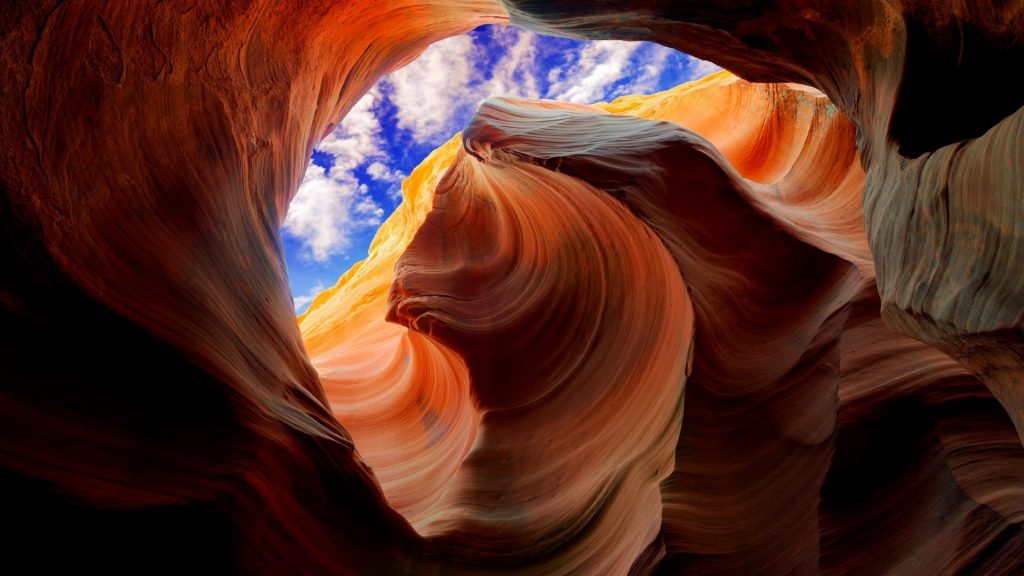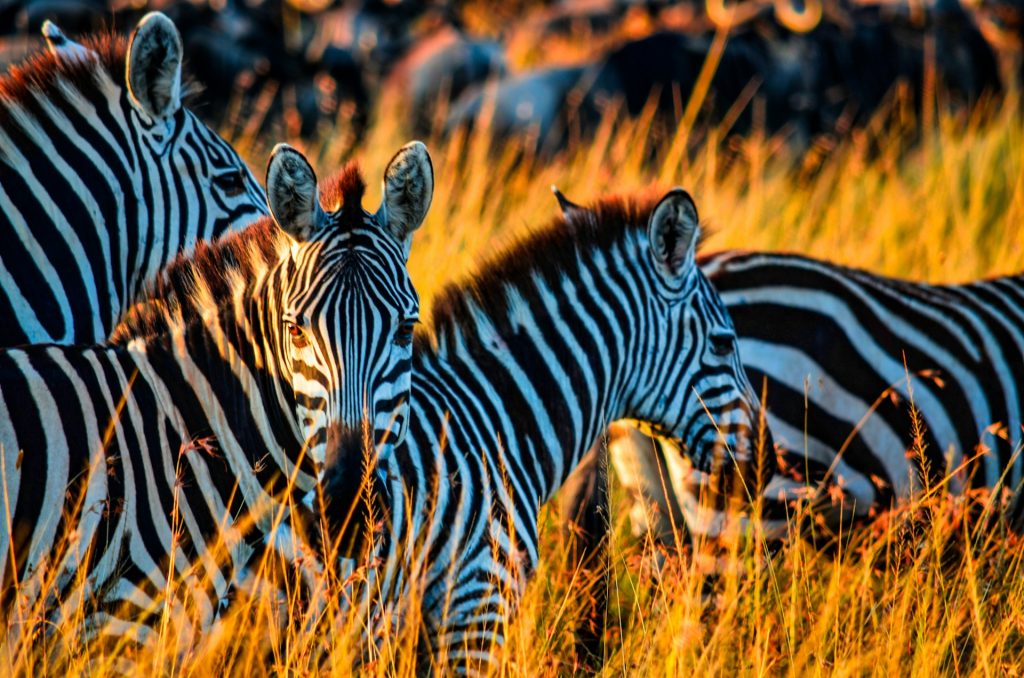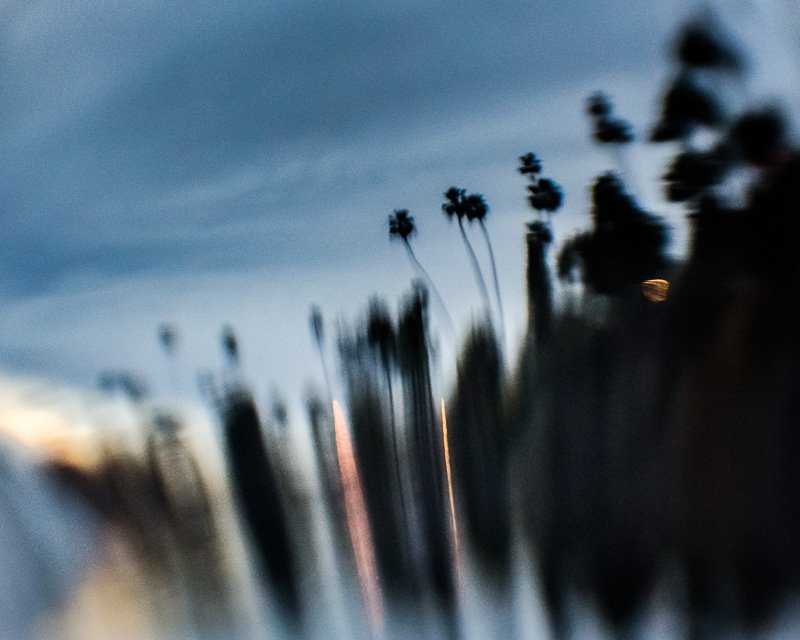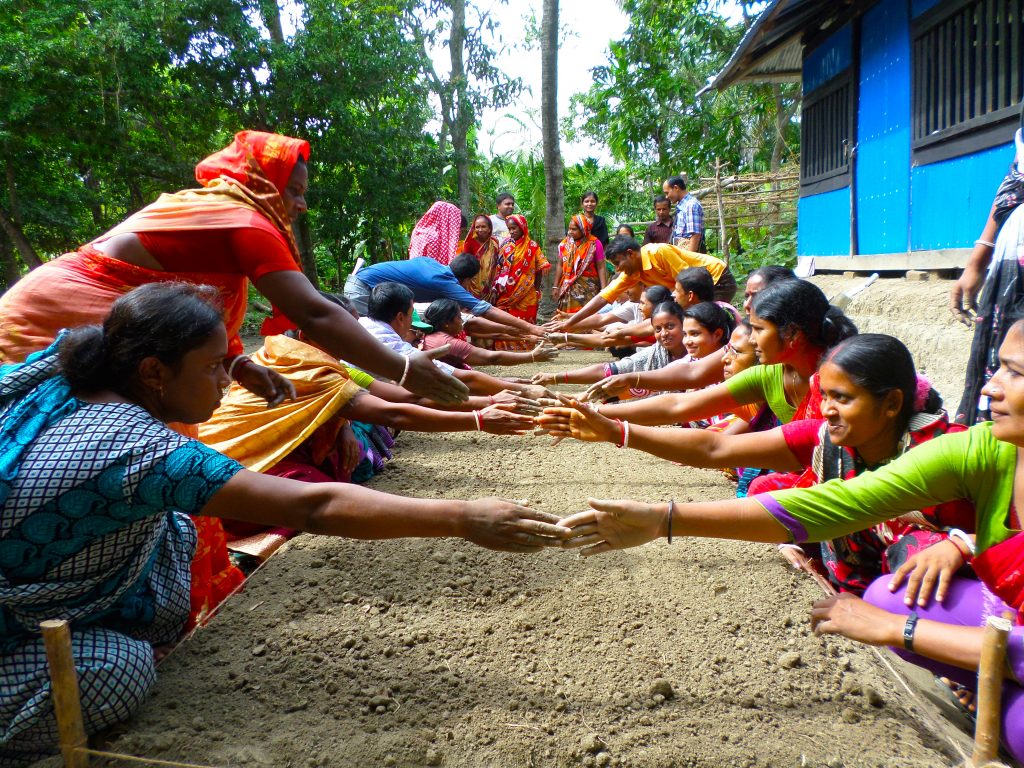Including the Earth in Our Prayers
Cover Art | Yury Malkov
We are living in a time of fundamental change, a period of increasing divisiveness, tribalism, isolationism, even as a global consciousness of oneness struggles to be born. Surrounded by accelerating ecological devastation, climate change, loss of species, many of us—and especially young people—are awakening to the need to respond, to care for climate justice and the living Earth—to embrace life’s interdependent unity, the web of life that supports us all.
There is a vital need to reduce our carbon emissions, to stop filling our oceans with plastic. But there is also the need to look deeper, beyond these symptoms, to turn away from the cult of consumerism and the false myth of continued economic growth, which is all our governments can envision. This calls not for “greening the economy,” or “green growth,” but for a shift in consciousness to a new story that can guide humanity towards a real sustainable future, sustainable not just for humanity but for all of life’s myriad inhabitants—a story that embraces the living wholeness to which we belong.
We are a part of these changes. Our materialistic culture with our dependence upon fossil fuels has created this crisis, and any shift in consciousness is also dependent upon us. And our spiritual practice is an essential, if little understood, catalyst for this change. Spiritual energy has the potential to change our individual consciousness, the patterns that define our existence, our day-to-day life. We know this from our own journey: how meditation, prayer, mindfulness can bring a deeper awareness into our life, and free us from the patterns that constrict us, the ego identity that isolates us, the wounds and defenses that define us. What we have yet to fully realize is what is true for the individual is also true for the whole. We have yet to recognize the real power and potential belonging to our practice.
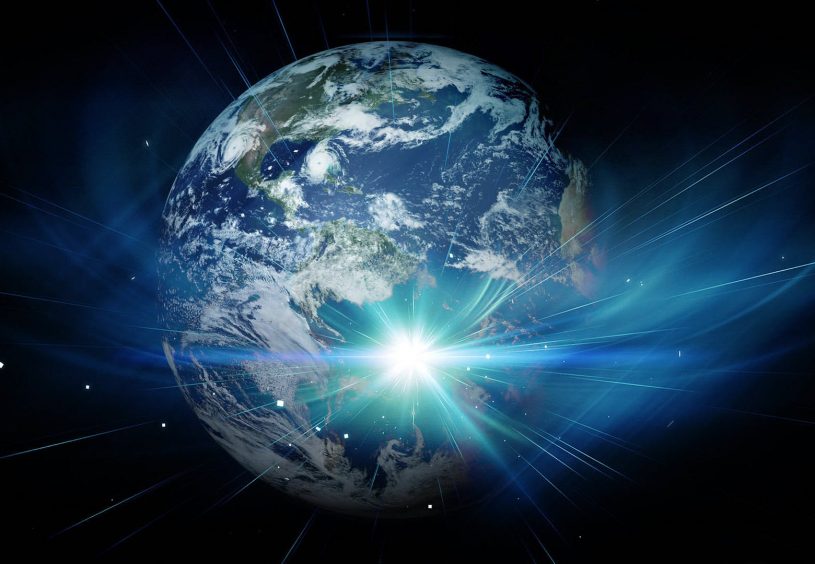
The Earth is calling to us to realize its essential unity—that She is not a resource to be exploited but a living being crying out for our attention. We are needed to help life to awaken from a dream that is destroying it. But if we are to live the real potential of our spiritual practice, we need to break free from the focus on our own individual journey. We need to reclaim the simple truth that spiritual life is not solely about ourselves, and open to a larger, all-embracing vision. If spiritual life is not about the whole, it has lost its true nature; it has instead been subverted by the ego and its patterns of self-concern. Everything that has been created is in service to life, to the real purpose of creation. This belongs to the “Original Instructions” that were given to the earliest wisdom keepers. We are not separate from each other or from the Earth, and we need to recognize how our individual spiritual journey, our praise and thanksgiving, are part of life’s sacred purpose and can nourish life in different ways.
Sadly our culture has co-opted many of our spiritual intentions into patterns of personal well-being, selling us images of spiritual life that are about self-fulfillment rather than selfless service or loving kindness towards others. Many spiritual practices—meditation, mindfulness, living in the moment—are of great benefit for our individual journey of self-transformation. They can bring harmony, peace, stillness, and lessen the stress in our hectic lives. But real spiritual practice is never for ourself alone, but always for the whole, always for the sake of the Divine. And if we limit our practice within the horizon of our own separate self, we deny its potential to effect real change, and at this time to be a catalyst for a collective shift in consciousness.
Mindful that we are not separate from the Earth, but an integral part of its living wholeness, shifts our own story to one of “interbeing,” a shift that will change both our attitude and actions. Similarly the awareness that our spiritual aspiration does not just belong to our own self but has a connection with the sacred within all life, opens a doorway to a deeper resonance and participation. We will be present within the miracle and mystery of life in new ways.
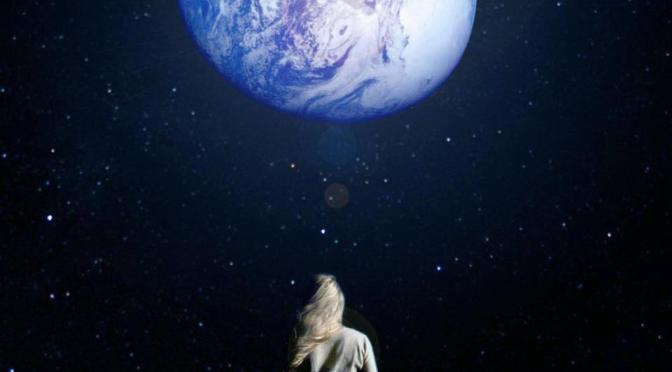 Our individual spiritual journey is part of the world’s journey. To deny this is to live inside the illusion of separation. A simple awareness of oneness unites us with all of life, with every stone, every insect, every dream almost lost before waking. We are life itself, breathing, suffering, rejoicing. We are the pain of the sick and the laughter of the child. We are neither better nor worse than any particle of creation. Our hunger for the Source, our search for the Divine, is life’s hunger, life’s search. We need to give our journeying back to life and acknowledge the oneness that unites everything. Nothing is separate. All is One.
Our individual spiritual journey is part of the world’s journey. To deny this is to live inside the illusion of separation. A simple awareness of oneness unites us with all of life, with every stone, every insect, every dream almost lost before waking. We are life itself, breathing, suffering, rejoicing. We are the pain of the sick and the laughter of the child. We are neither better nor worse than any particle of creation. Our hunger for the Source, our search for the Divine, is life’s hunger, life’s search. We need to give our journeying back to life and acknowledge the oneness that unites everything. Nothing is separate. All is One.
The Earth needs our prayers and practices, the light of our spiritual aspiration. Just as Her waters are made toxic, air polluted, so is Her sacred light being covered over by our greed and exploitation, our forgetfulness of Her true nature. Her cry is both for our hands and hearts, for our love and care, to remember that every step is sacred. Then Her wonder and magic can come alive again, and a new story can be written in the book of life.
There are spiritual teachings, ancient traditions, that have always connected the inner journey to the whole of life, that kept the balance between the inner and outer worlds and used spiritual practices as a way of nourishing the whole. Indigenous wisdom keepers and shamans hold some of these teachings. Like the Kogi mamas of the Sierra Nevada, they recognize that their prayers and practice are a part of our sacred duty to creation. If we are to step into the arena of real spiritual activism we need to reawaken to this simple ancient understanding. Then the light of our aspiration, of our practice, can be given back to life, back to the Earth where it is needed—an act of spiritual reconnection. And, as the alchemists understood, it can then become the catalyst, the spirit mercurius, for real transformation.
I am not suggesting that spiritual activism is the sole form of activism needed to help humanity and the Earth in Her time of distress. There are many ways to bring our hands and hearts into the arena of service, to respond to the “cry of the poor and the cry of the earth.” What I am suggesting is that spiritual practice is a little understood catalyst of global change, accessing a power that can help real transformation, a foundational shift that combines the power of the land with the light of our spiritual self. Those who are drawn towards spiritual practice can make a vital contribution to the well-being of the whole. And the first step is the simple but often revolutionary awareness that “it is not about me.”
At this time little is definite or sure. But just as the Earth cries for our care and cooperation, something is coming alive that is changing both us and our planet, and our participation is essential. There is a new story being written, and we are being asked to be present in a new way, to break free of the self-centered story of our individual self and embrace the whole of life. Awakened consciousness is a powerful agent of transformation, of real change. And the light of our spiritual self is our most precious offering, our greatest contribution.
Adapted from Including the Earth in our Prayers: A Global Dimension to Spiritual Practice, by Llewellyn Vaughan-Lee, Golden Sufi Center, May 2019.
____________________________________________________________
1 There are exceptions: New Zealand has just released its first “Wellbeing Budget,” whose goal is not to boost gross domestic product, but to increase the happiness of the country’s citizens, focusing on poverty and mental health. There is also a movement for “degrowth,” “calling for a focus on wellbeing and pushing for a reduction of production and consumption in developed nations. A focus on sufficiency is demanded, rather than relying on the ability of technology and productivity gains to solve ecological problems. At its core the movement argues that growth is typically unjust, unsustainable for the environment and that there never can be such thing as ‘enough’.”(Richard Partington, The Guardian.)
2 “Original Instructions” are ancient ways of living from the heart of humanity within the heart of nature—the simple guidebook of how to be on this Earth, that we have to“get along together” with all of creation.
3 Our individual Self, or atman (imaged in esoteric Christianity as the inner Christ), the focus of much traditional spiritual practice, is a state of unity, is the universal Self. Sadly much contemporary spirituality has created an ego-based image of the Self, subtly subverting its true nature and the practitioner’s spiritual intention.
4 For example, when the Pomo people of Northern California wove baskets, the women would go out and pray over the grasses before they cut them. As they wove their baskets they would put the reeds or grasses through their mouths to moisten them, praying over them. The basket thus wove together the physical and the spiritual parts of life. Indigenous peoples saw their life as a communion with Earth and spirit that nourished them and at the same time nourished creation, the two being so interwoven it would not have been possible even to think of nourishing the one without nourishing the other.
5 As the mediator between heaven and earth, spirit and matter, individual consciousness has the potential to be the catalyst for alchemical transformation, a real transformation of consciousness.



